
“Do I need a website?”
Short answer: Probably yes. Especially if you’re trying to build a professional reputation, personal brand, or business.
“But why? I already have social media profiles…”
Would you build a house on land you don’t own? Or spend money on significant renovations to an apartment you’re only renting year-to-year?
Is it good business to rely on a single vendor or supplier? Especially if you have little-to-no influence over it?
Going to where your audience hangs out online is incredibly important.
But do you have a way to connect with them — and for them to connect with you — if those channels go POOF?

Privately-owned digital platforms can and do go out of business, disappear, or become unrecognizable.
- Services, favorite features, and URLs can be modified or discontinued — breaking links and cutting off access to you and your content.
- Your ability to access a particular service can be temporarily suspended or permanently denied.
- Your profile, usage history, and content can be modified, locked down, or outright deleted.
- The character of the userbase — and what they post — can morph over time.
- And finally, social networks can be acquired and absorbed by larger entities. Which is often followed by changes to corporate management, terms of use, privacy policies, and more.

The flipside: Your needs change.
You may:
- Want a reliable platform- or channel-agnostic way for others to contact you.
- Desire a direct line to the online audience you worked so hard to cultivate.
- Require features or services the platform doesn’t offer.
- Or want more control over your digital assets, plus the ability to move them to different service providers. (Without starting over. Every. Single. Time.)

A site that’s under your control provides you with consistency, flexibility, and portability.
Whatever form it takes, your website can be an online base of operations and an invaluable digital asset that grows with and furthers your aspirations.
Whether it’s a hub that points to other online locations. A destination unto itself. Or a hybrid of the two.
I can attest to this firsthand. My sites have contributed to both employers and clients hiring me over the years. And still do.
So YES!
You need a website…
But it might not be the site you originally had in mind.
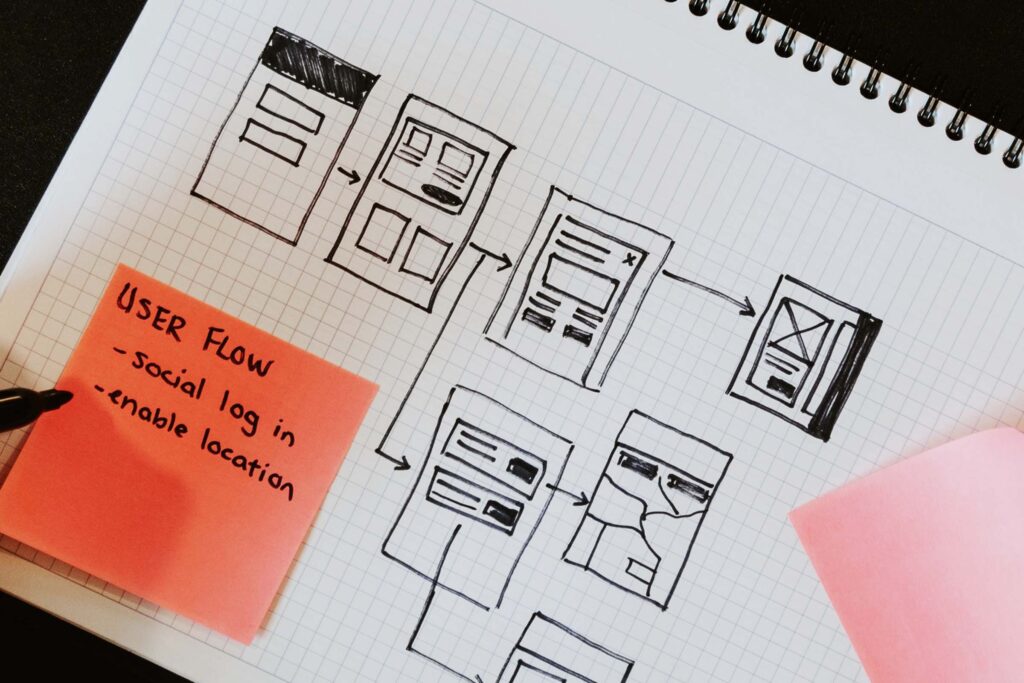
Here’s your cue: “What do you mean?”
Websites can take any number of forms. There’s no such thing as a copy-paste, “perfect site” that achieves awesome results for every situation.
- A quick landing page — supported by an effective marketing campaign — can generate more leads than a beautiful “full” site left unpromoted.
- Two sites using the same design template can look and feel radically different and generate divergent sales numbers.
- And an older, well-maintained site can outperform a newer one that’s treated like a static brochure and doesn’t receive any updates.
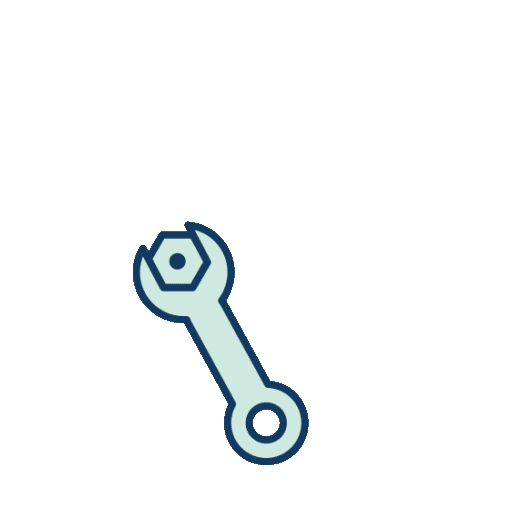
This is a good place to revisit (and re-tune) your ideas about what kind of site you need.
1. There’s no such thing as a “perfect site.”
Yes, it’s important enough to repeat.
2. The best website for you is the site that:
- Serves your audience and helps you accomplish your goals today;
AND
- Preserves your ability to change it up (as needed) to meet future challenges.
3. Websites are never “finished.” And that’s a good thing.
All websites need to evolve — to continue serving their audiences effectively and safely.
You can’t just push a site live and forget about it.
At a minimum, it should be maintained to keep:
- the front-end appealing to visitors;
- the content up to date; and
- the backend that powers the site running smoothly and securely.
Bonus: A website provides an opportunity to test out messages, offers, designs, and more.
Quickly, inexpensively, and often without committing to major (or permanent) overhauls. Try doing that with a brochure!

You can grow, shape, and refine
your site as your goals
(and strategies to achieve them)
change over time.
5 questions to ask before you decide to build a website.
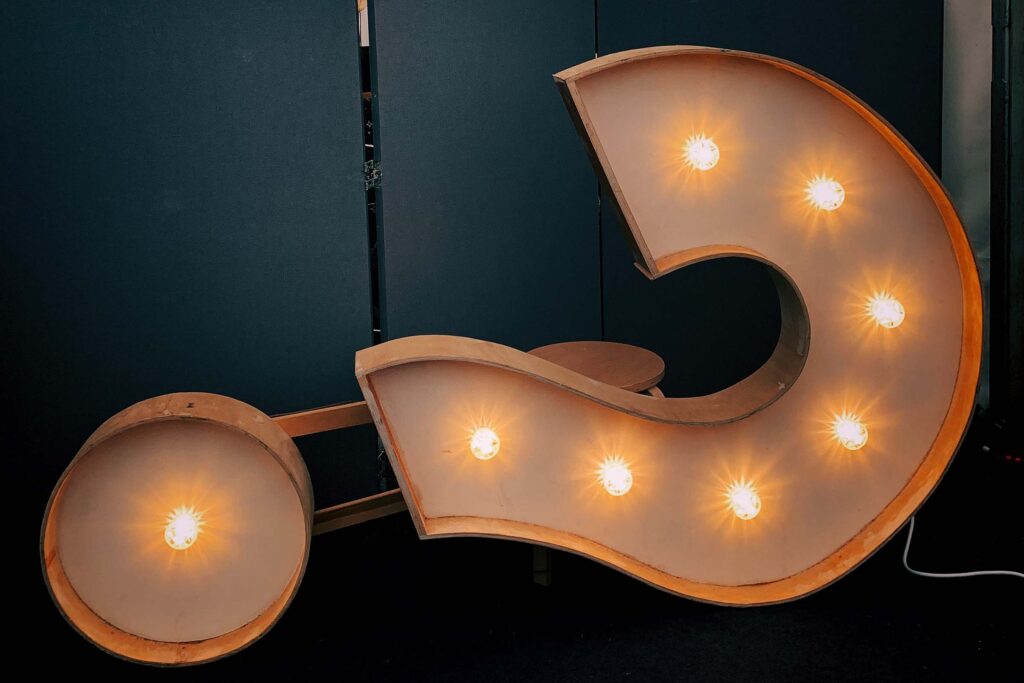
Before we begin, click the button below to download the complimentary worksheet. (And feel free to grab your favorite beverage.)
The PDF worksheet opens in a new window.
It can be completed electronically or printed and filled out by hand.
These questions will help you zero in on what you need your website to do — before you worry about the site’s appearance.
It’s a first step toward defining your project’s specs. Think of it as putting together strategic must-have and wish lists for your site.
From there — via subsequent blog posts — I’ll show you how to narrow down infinite options to the combination(s) with the best chance of delivering for you.
Be honest as you answer the questions.
Also, keep in mind: If you have any online presence — website or social media profile — it will evolve as your life, career, and priorities change. (They will.)
Question 1:
What are you trying to achieve?

As you start planning your website, take a cue from Stephen Covey’s The 7 Habits of Highly Effective People and “Begin with the end in mind.”
- What are you trying to do? (What does success look like? In detail.)
- Why do you want it?
- How are you planning to bridge the gap from here (today) to there (the future)?
With those answers in mind…
What are your next steps right now and in the near future? (What are you trying to make happen next?)
- A new job?
- A promotion?
- A career change?
- More clients or customers?
- Establish, grow, or serve a larger network or audience?
- Get what you do out there for others to read, view, or hear?
- Provide goods or services to others?
- What else would you add?
Question 2:
Who is your audience?

Here’s where marketers start talking about ideal client and customer avatars (ICAs) or personas. If you already have those, great! You have a head start on this question.
But if you don’t, you probably do know — personally or by reputation — people like your audience.
Do these individuals have any traits in common? (Look for patterns.)
- What do they do?
- What are their personal and/or professional roles?
- Are they decision-makers? In what context?
- Are they in positions of authority, leadership, or management?
- Where do they work?
- In which fields, industries, communities, and/or interests do they participate?
- Who do they serve? (Which audiences?)
- Where do their connections, organizations, and interests intersect with yours? (Now or in the future.)
- How are you likely to connect with them? In person or online? Via outreach or by referral?
- What value can you offer to them? (And, by extension, offer to the people they serve?)
Question 3:
When someone visits your site, what next step do you want them to take?

Specifically, which one or two next actions would make you feel their visit was a success?
- Signing up for your email newsletter or launch list?
- Clicking through to (and following you on) your most active social media channel?
- Visiting your off-site Muck Rack, Dribbl, Behance, or Adobe portfolio?
- Viewing your on-site portfolio or a gallery of past work? (Audio, images, video, case studies, demos, and writing samples.)
- Reading your blog posts?
- Sharing what you do with others online?
- Clicking the button to purchase goods or book services?
- Making an appointment to talk with you by phone or video call?
- Contacting you about opportunities? (Networking, employment, speaking engagements, and more.)
- Put simply: What do you want them to do?
Question 4:
How much time, money, and effort are you willing to invest in your website?
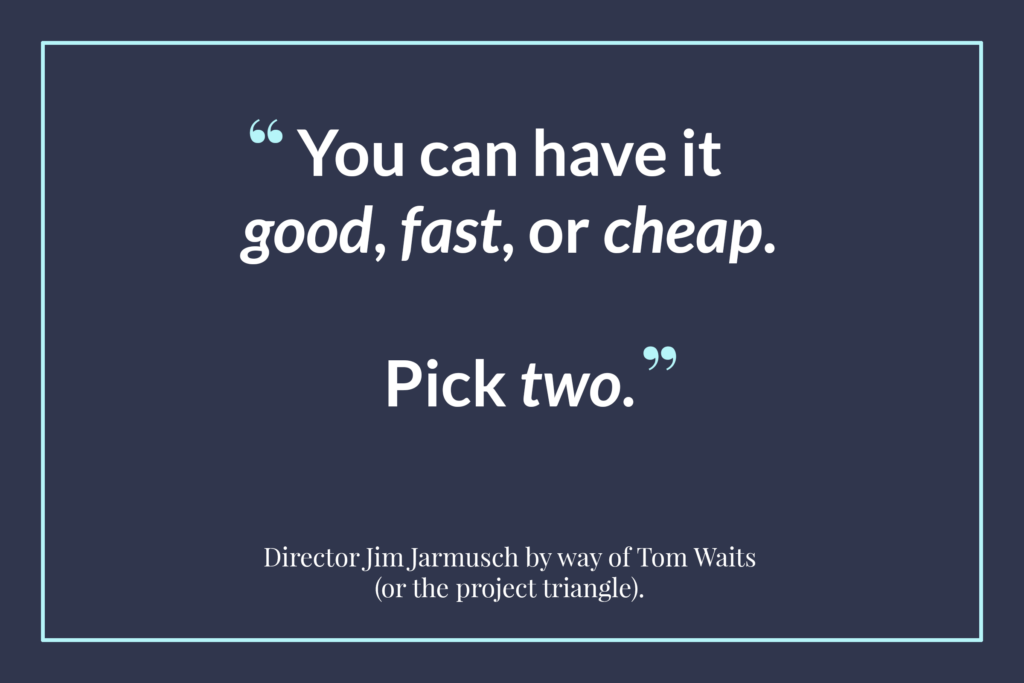
Going into this process, know there will always be tradeoffs unless you:
- Don’t have deadlines;
- Do have an unlimited budget; and
- Are a multi-talented super genius at everything.
How much are you willing — and able — to invest? (In which areas?)
- Do you already have a timeline in mind? Are you trying to hit a specific deadline? Is it a rush job?
- Have you set a budget range for this project? What can you afford now? (What will you be able to afford in the future?)
- How does a website fit in and work together with your other marketing, public relations, business development, and sales activities?
- Who is going to set up, build, and design the site? Who’s going to write its initial content?
- Who will be responsible for ongoing website maintenance, blog posts, content updates, and driving visitor traffic to the site?
- Are you and your team planning to do any of the above yourselves? Which parts?

Because websites are never finished, you have options.
Including some that upend the “pick two” idea —
if you’re open-minded and willing to play the long game.
Question 5:
What are others — further along in their journeys — doing with their sites?

Whatever you want to accomplish (or which field you’re in), someone — often several someones — came before you.
Use what they’ve learned to your advantage.
Take a peek at the websites of three brands you admire.
- One several months — but no more than a year or so — ahead of you.
- A second that’s where you ultimately want to be in the future.
- And a third near the midpoint between the novice and the veteran.
Think of these three brands as your pacesetters and virtual mentors.
They can point you toward directions to consider and warn you about potential detours and speedbumps ahead.

1. As you look at each site, make notes about the type of website they built.
- Is it a single page, a handful of pages, or many pages?
- Do they have multiple content areas on just one page? What are the headings?
- What pages or sections do you find in the site’s main navigation menu(s)?
- Which other pages and sections do you feel are important or effective?
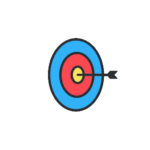
2. Think like your target audience.
Are there content and functional features your audience would appreciate or find useful? Such as:
- a blog
- email lists
- contact pages and forms
- a portfolio or gallery
- downloadable content or digital goods (free or paid)
- an online store (physical or digital)
- the ability to make appointments online
- or something else?
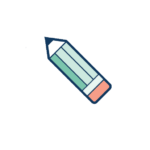
3. Now view the site as an owner and marketer.
Are there specific features you feel are important and effective?
- That make it easier for visitors to take the next step?
- Or make it easier for you to fulfill visitors’ expectations?
Also consider more technical items, like timed pop-ups, personalization, and customer relationship management (CRM) software.
Do you need those areas, pages, or functions now? Or will you need them later?
- At the midpoint or when you’re a veteran?
- Or does it make more sense to add on (or upgrade) when you hit specific milestones?
Remember: You’re not making decisions. (Yet.)

What’s next?
Spend some time on the five questions.
In part 2 of this series (subscribe here), we’ll refer to your answers as we start to:
- narrow down your options; and
- discuss the pros and cons of the major site formats you see around the web.
PLUS: I’ll share the one recommendation I make to almost every client.